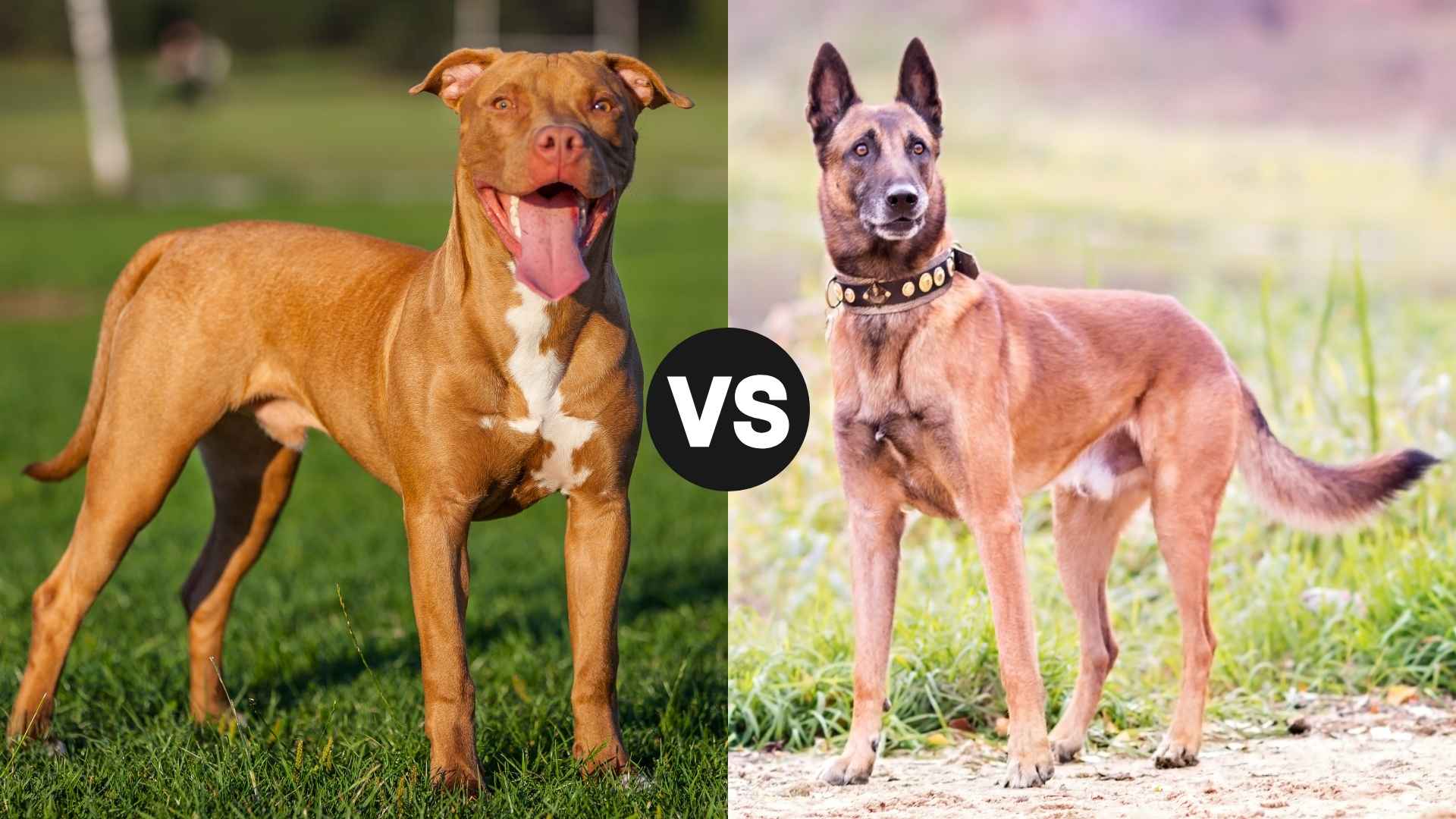When it comes to strong, intelligent, and loyal dogs, both the Belgian Malinois and the PitBull stand out as top contenders. These muscular breeds are known for their protective instincts, trainability, and deep affection for their families. But while they share many qualities, their personalities, energy levels, and ideal living environments can differ in meaningful ways.
Are you drawn to the sleek, agile build of the Malinois or the sturdy, confident stance of the PitBull? Do you need a dedicated working dog or a playful, people-loving companion? Whether you’re looking for a vigilant guard dog breed or a devoted family pet, understanding the strengths and quirks of each breed can help guide your decision.
In this comparison of Belgian Malinois vs Pit Bull, we’ll break down their temperaments, training needs, and overall suitability to help you find the perfect match for your lifestyle.
Belgian Malinois vs. PitBull
The Belgian Malinois is a herding dog breed developed in 19th-century Belgium, known for its sharp intelligence, agility, and unyielding work ethic. With a sleek, athletic frame and a distinctive black mask, this breed was originally bred to herd livestock but quickly proved itself in more demanding roles like police, military, and search-and-rescue work.
Belgian Malinois are best suited for active families where they’re given purpose-driven tasks like agility courses, tracking, or obedience training. Their loyalty, high energy, and drive to work make them ideal companions for experienced dog owners who can match their physical and mental needs.
On the other hand, the Pit Bull—often referred to as the American Pit Bull Terrier—is a muscular, energetic breed with roots in 19th-century England, originally developed for bull baiting and later dog fighting. Despite this history, many Pit Bulls today are affectionate, loyal pets known for their devotion to their families, according to Britannica.
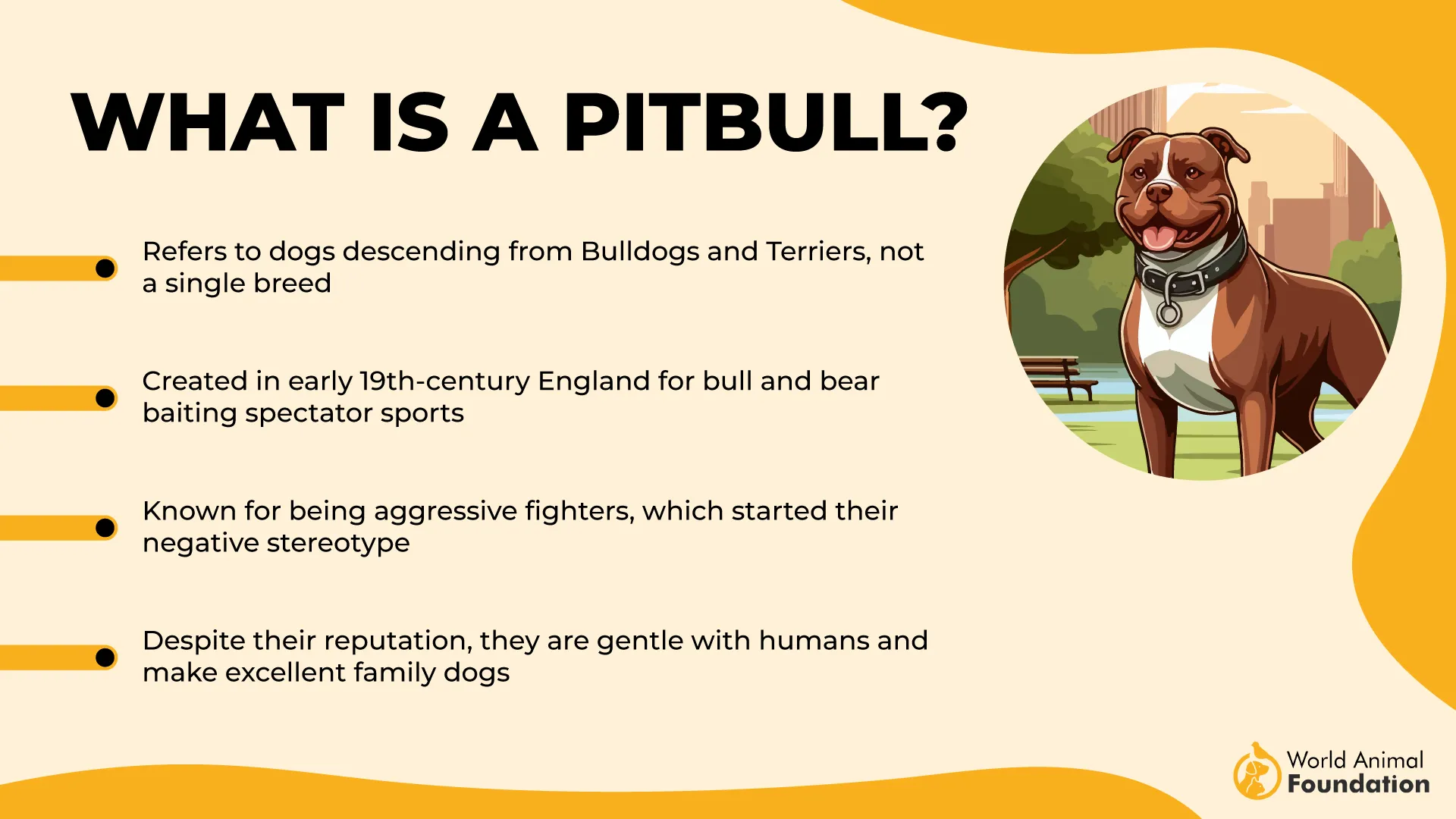
Unlike the Malinois, Pit Bulls are not recognized by the American Kennel Club (AKC) but are acknowledged by organizations like the UKC and ADBA. While they can be strong-willed, their people-pleasing nature and emotional sensitivity make them excellent companions in the right hands, especially with early socialization and training.
Size and Physical Build Comparison
The Belgian Malinois is a tall, athletic dog with a lean yet muscular frame. Belgian Malinois average height is between 24–26 inches tall and they weigh between 60–80 pounds, while females measure around 22–24 inches in height and weigh 40–60 pounds.
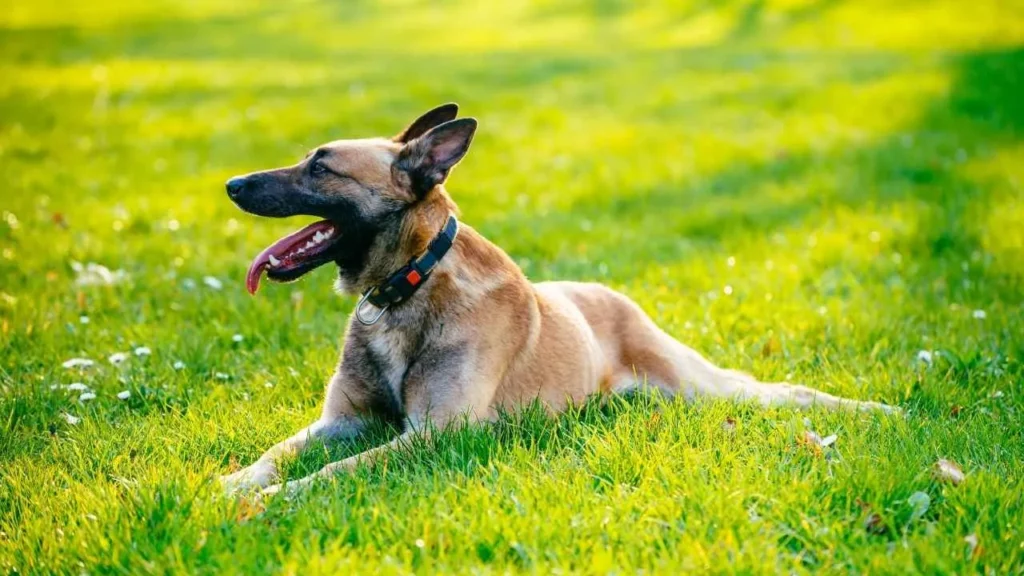
Their build is square and balanced, giving them an elegant, agile appearance that reflects their herding roots. With an alert stance, proud posture, and a short, dense coat—usually in shades of fawn with black-tipped hairs and a signature black mask—the Malinois looks every bit the high-energy working dog it is.
In contrast, Pit Bulls are shorter and stockier, with a more compact and powerful physique. Male Pit Bulls stand about 18–21 inches tall and weigh 35–70 pounds, while females are slightly smaller at 17–20 inches and 30–60 pounds.

Their muscular build is dense and broad-chested, and their short, glossy coats come in a wide variety of colors, such as black, brindle, blue, and fawn. Though shorter than the Malinois, Pit Bulls project strength and stamina with a physical presence that’s both confident and solid.
Coat Type and Maintenance
The Belgian Malinois has a short, straight, weather-resistant coat with a dense undercoat that offers protection in various climates. Grooming is relatively low-maintenance, requiring a weekly brushing to remove loose fur and prevent matting. Shedding tends to increase during seasonal changes, particularly in spring and fall, when more frequent brushing may be needed.
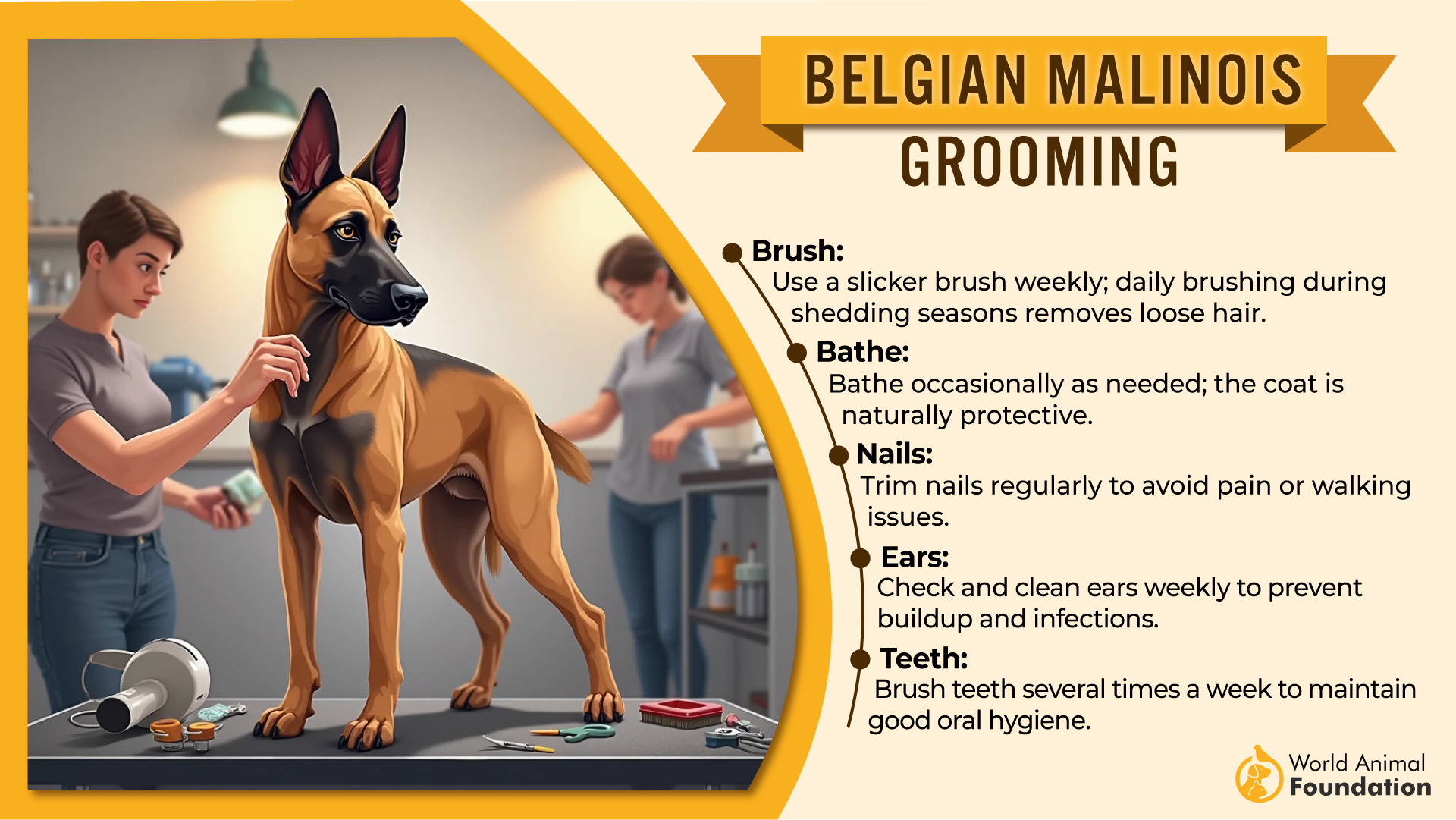
Baths should only be given when necessary, as overbathing can dry out their skin. Routine care also includes monthly nail trimming (or as needed), daily tooth brushing, and regular ear checks to keep your Malinois healthy and well-groomed.
Pit Bulls, specifically the American Pit Bull Terrier, also have a short, smooth coat that’s easy to manage. A weekly brushing helps remove dead hair and keeps their coat shiny by distributing natural oils. Like the Malinois, Pit Bulls tend to shed more during seasonal transitions, and a couple of extra brushings can help manage the loose fur, as per Chewy.

Monthly baths—unless they get particularly dirty—are usually sufficient, and you can freshen them up between washes with a damp cloth. As with all dogs, nail trimming, daily dental care, and routine ear checks are essential for overall hygiene.
Temperament and Behavioral Traits
The Belgian Malinois is widely recognized as an extremely intelligent, driven, and highly trainable breed. Known for excelling in protection and police work, this dog thrives on mental stimulation and physical challenges. It is alert, loyal, and focused—traits that make it an excellent watchdog.
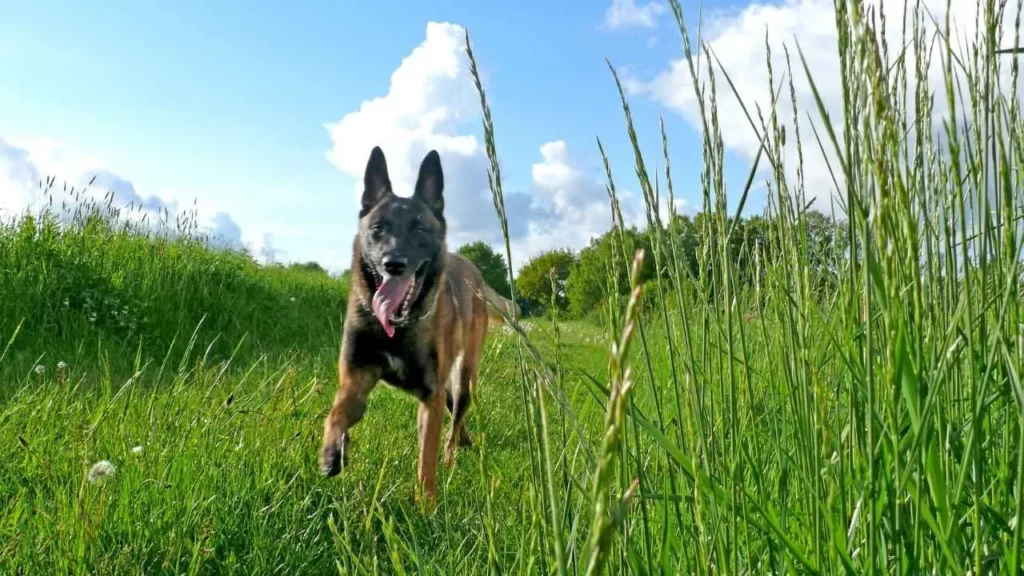
However, its strong will and high energy can be overwhelming for inexperienced owners, kids, or seniors without proper training and supervision. In short, Belgian Malinois is a moderate, family-friendly breed, states PetMD.
Malinois are typically reserved around strangers and may be selective with other pets. Training Belgian Malinois is all about constant engagement, structured routines, and an active lifestyle, making them best suited for experienced, hands-on owners who can meet their demanding exercise and training needs.
Pit Bulls, on the other hand, are generally affectionate, people-oriented dogs with a playful and eager-to-please attitude. They tend to be obedient, moderately active, and enjoy interactive games. Despite their controversial reputation, many Pit Bulls are loyal, gentle companions in the right environment.
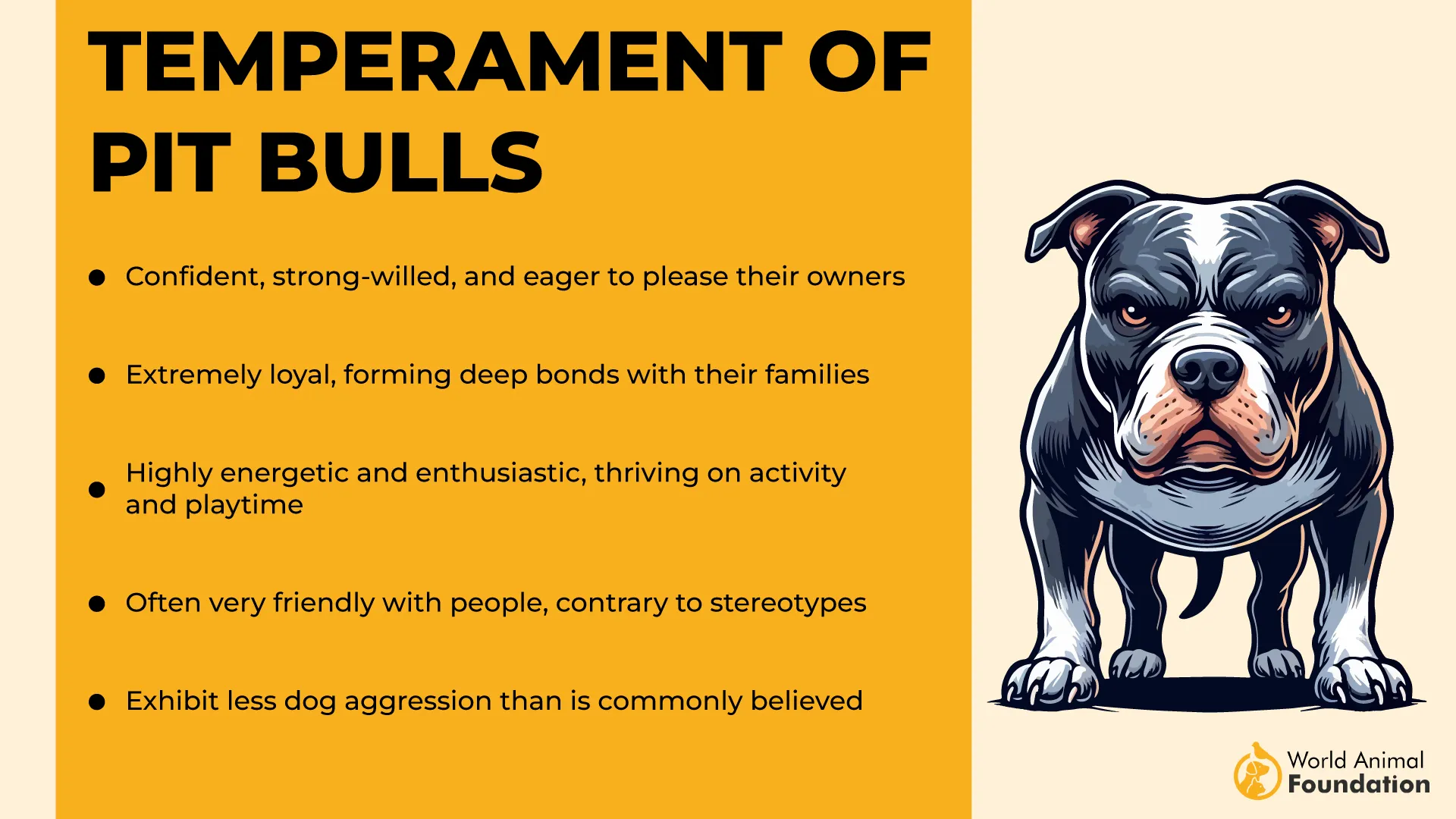
However, due to their historical breeding for dog fighting, they can be dog-aggressive toward other animals, especially without proper socialization. Training pitbulls requires experienced handlers, structured routines, and positive reinforcement.
While they aren’t naturally more prone to bite than other breeds, they have one of the strongest bite forces and strength, which can make any aggression more serious. Pit Bulls thrive in households that offer consistent training, early socialization, and responsible ownership.
Trainability and Learning Capabilities
The Belgian Malinois is exceptionally intelligent and highly trainable, thriving on structured learning and challenging tasks. This breed responds best to consistent, positive reinforcement and early socialization, starting from puppyhood. Enrolling a Malinois in obedience classes and exposing it to different environments and animals early on can help shape a well-adjusted adult dog.
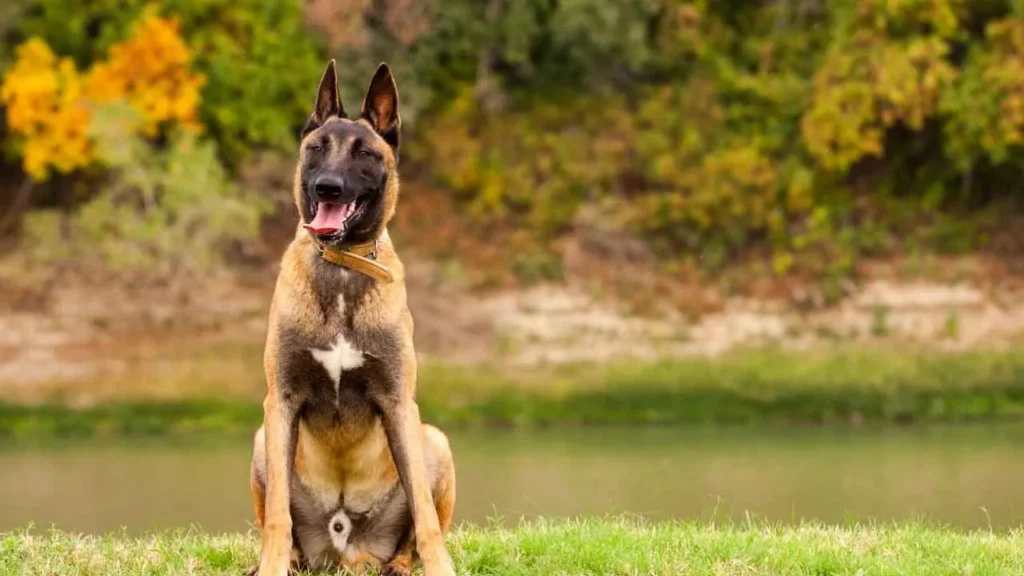
Due to their intense energy, drive to work, and stronger guarding instincts, Malinois excel in advanced activities such as Schutzhund, French Ring Sport, herding, agility, and dock diving. However, without ample mental and physical stimulation, this breed can become destructive or overly assertive. They require firm, experienced handlers who can provide both leadership and plenty of engaging exercise.
Pit Bulls are also smart, eager-to-please dogs that generally take well to training, especially when motivated with praise, treats, and affection. They thrive with consistent routines, clearly defined boundaries, and engaging training sessions that keep them mentally stimulated. Positive reinforcement is key, as harsh methods can damage their trust and confidence.
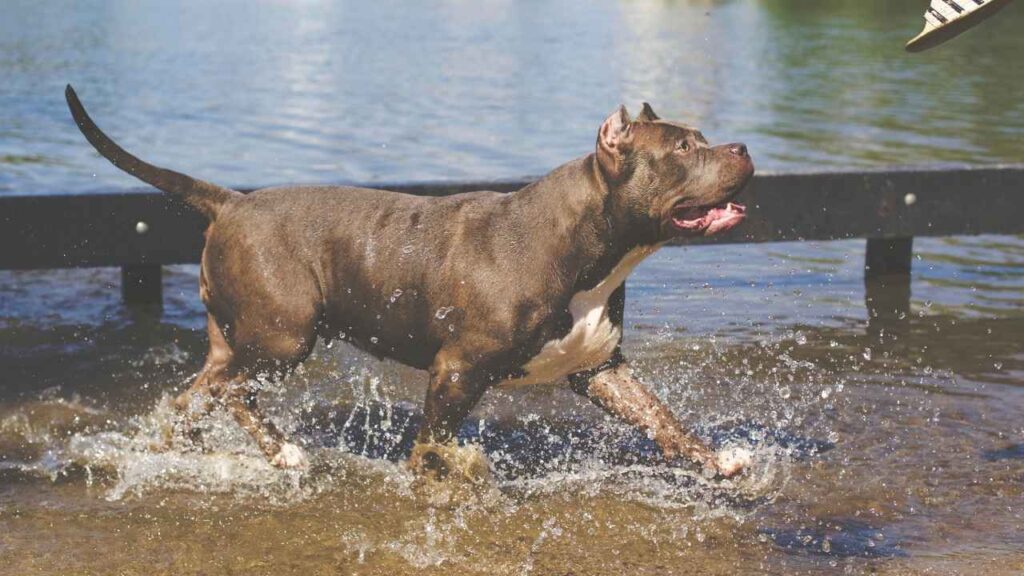
Socialization from an early age is essential—not just to counter their reputation, but to help manage their high prey drive and ensure they interact calmly with other pets and people. While they may not be as intense or focused as the Malinois, Pit Bulls are quick learners who flourish in a loving, structured environment.
Lifespan and Overall Longevity
Belgian Malinois typically live 10 to 14 years and are generally healthy when responsibly bred. While active and resilient, they can be prone to hip and elbow dysplasia and eye conditions like cataracts and progressive retinal atrophy (PRA), the latter of which may lead to blindness. Regular vet checkups, a balanced diet, and sufficient exercise play a key role in helping Malinois maintain a long, active life, according to WebMD.
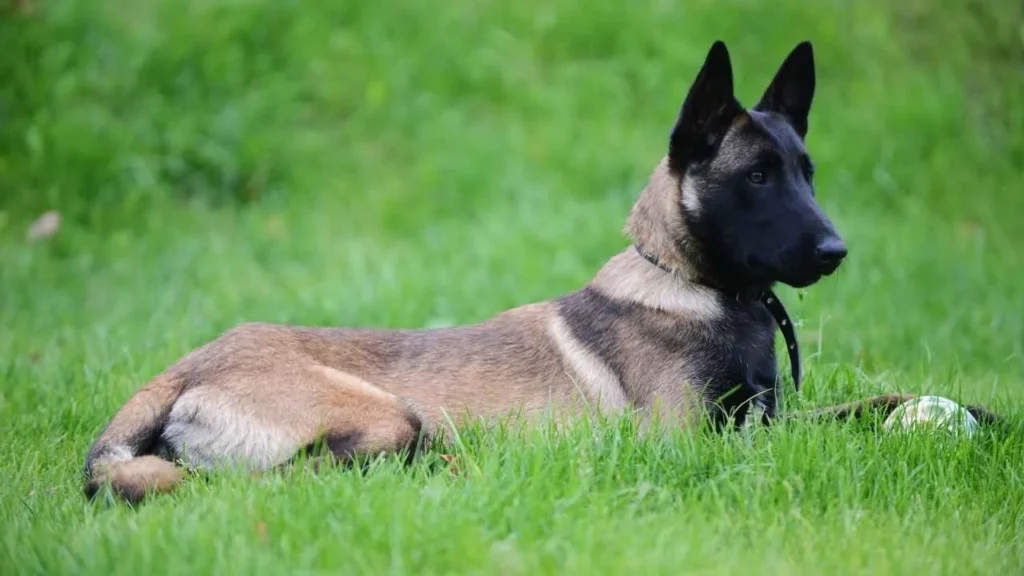
Pit Bulls usually have a lifespan of 8 to 10 years and are also considered hardy dogs. Common health issues include hip dysplasia, cataracts, and particularly allergies that often affect the skin. Obesity can also be a concern without proper diet and exercise. With consistent veterinary care, early intervention, and a healthy lifestyle, many Pit Bulls live full, comfortable lives well into their senior years.
Conclusion
Choosing between a Belgian Malinois and a Pit Bull comes down to lifestyle, experience, and what you’re looking for in a companion. Both are powerful dogs with strong personalities, and while they share traits like loyalty and intelligence, they suit very different households.
Belgian Malinois are more like German Shepherds in terms of work ethic and need for mental challenges. They’re not your average couch companion and are best matched with active humans who can commit to long walks, structured training, and tasks beyond basic commands.
Pitbull-type dogs, on the other hand, are generally more relaxed around people and, with the right socialization, can make great family dogs—even in homes with other dogs or cats.
As a general rule, both breeds need early training, firm leadership, and proper outlets for their energy, like toys, food puzzles, or safe chewing options. Neither pup is ideal for first-time owners or those seeking a low-maintenance pet, but with the right care, either one can thrive in a loving home. Always do your research, ask breeders the right questions, and consider adoption if you’re open to giving a tough but lovable dog a second chance.


